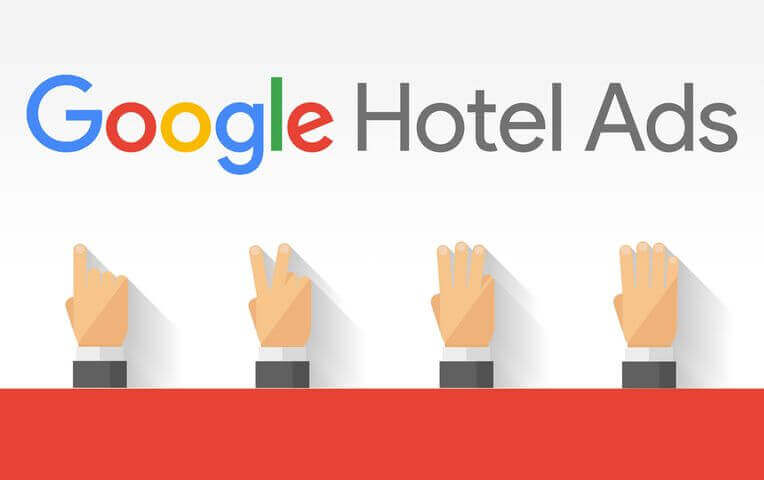
If you’ve done any marketing at all, you’ll have heard of Google Ads. The advertising service provided by Google is used by millions of businesses worldwide. Which makes sense.
NB: This is an article from WebRezPro
Google handles billions of search queries every day, so it’s a platform with the potential to reach any target market you desire. And as the tech giant owns multiple popular platforms, Google Ads gives you access to customers using YouTube, Gmail, and other sites in its network—of course advertisers want to be on it. But it’s not something you can just sign-up for and expect good results. While there’s potential to see huge ROI with the service, a mismanaged account can quickly drain your marketing budget. So, it needs to be used wisely. With that in mind, here’s a quick guide to the powerful service:
How does it work?
Google Ads is a pay-per-click advertising service. Businesses bid on the search terms that they want their ads to appear for, and then pay each time a user clicks on it. For example, a bed and breakfast in San Francisco might bid on the phrase “accommodation in San Francisco” so their ad will appear at the top of those search results. If a user clicks on the ad, the B&B pays their bid amount, but if the ad isn’t clicked on, the B&B pays nothing.
There are different types of ads a business can create with Google Ads. Search ads are listings that appear in Google search results. Those are the most popular type of ads, but businesses can also choose to use display ads (banner advertisements that appear on Gmail and other websites within Google’s network), video-based ads (which appear on YouTube), and App Ads (which appear within Google applications).
How are ads ranked?
There’s a lot of competition on Google, and you certainly won’t be the only business bidding on your chosen keywords. Where your ad shows up in relation to other businesses bidding on the same search query is determined by your advertising rank. And your advertising rank is determined by both your maximum bid and quality score.
Your quality score is a value that expresses how optimized and relevant your ad is to the searcher. The click-through rate of the ad, the conversion rate of your landing page, and how specific the ad is in relation to the search query all factor into an ad’s quality score.
It’s important to note that because advertising rank is a function of both your bid value and quality score, you can improve your rank without continuing to throw money at it. Always work on optimizing your ads first, so you don’t end up with an unprofitable cost-per-click.
Should I be using it?
Google Ads is a powerful service for businesses. But like any marketing endeavor, you should assess your budget, availability, and the platform suitability to decide if it’s right for you. First, research the average cost-per-click for your industry. And, using your conversion rates, determine a rough estimate for your cost-per-conversion. Is this an acceptable number? If yes, you should next consider the time you’ll need to invest in managing your account. For Google Ads campaigns to be successful, you need to be regularly evaluating and adapting your bid maximums, search terms, ad types, and so on. If you don’t have an employee that can dedicate at least a couple of hours a week to this account, you may want to consider working with a consultant.
Google Ads is a robust marketing tool.




